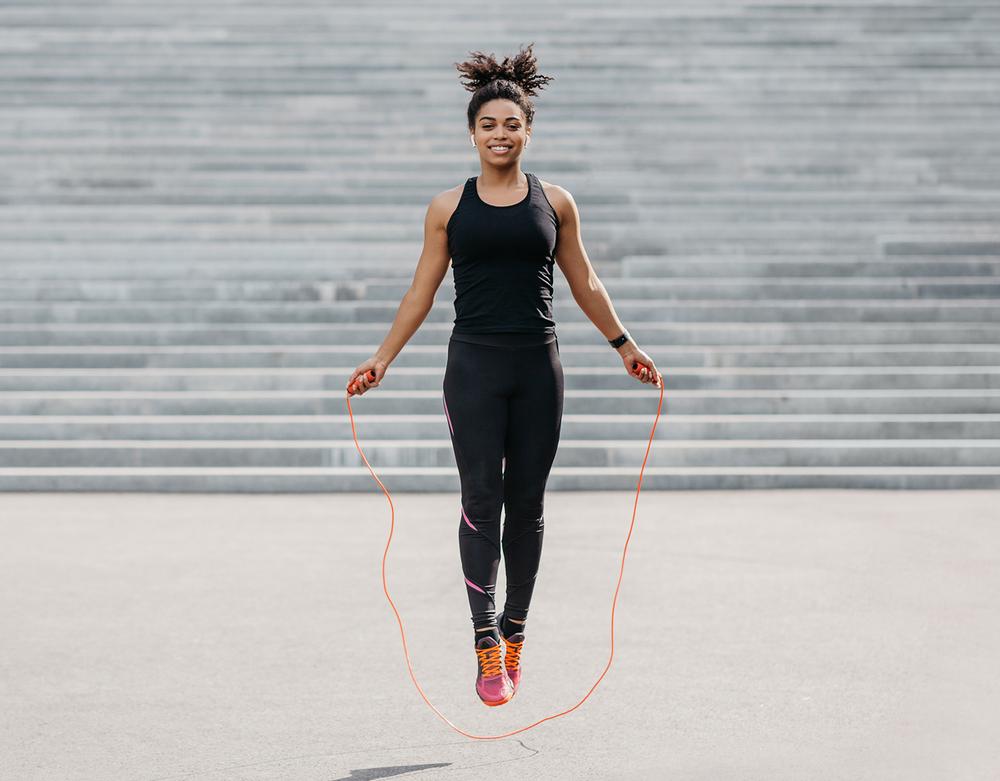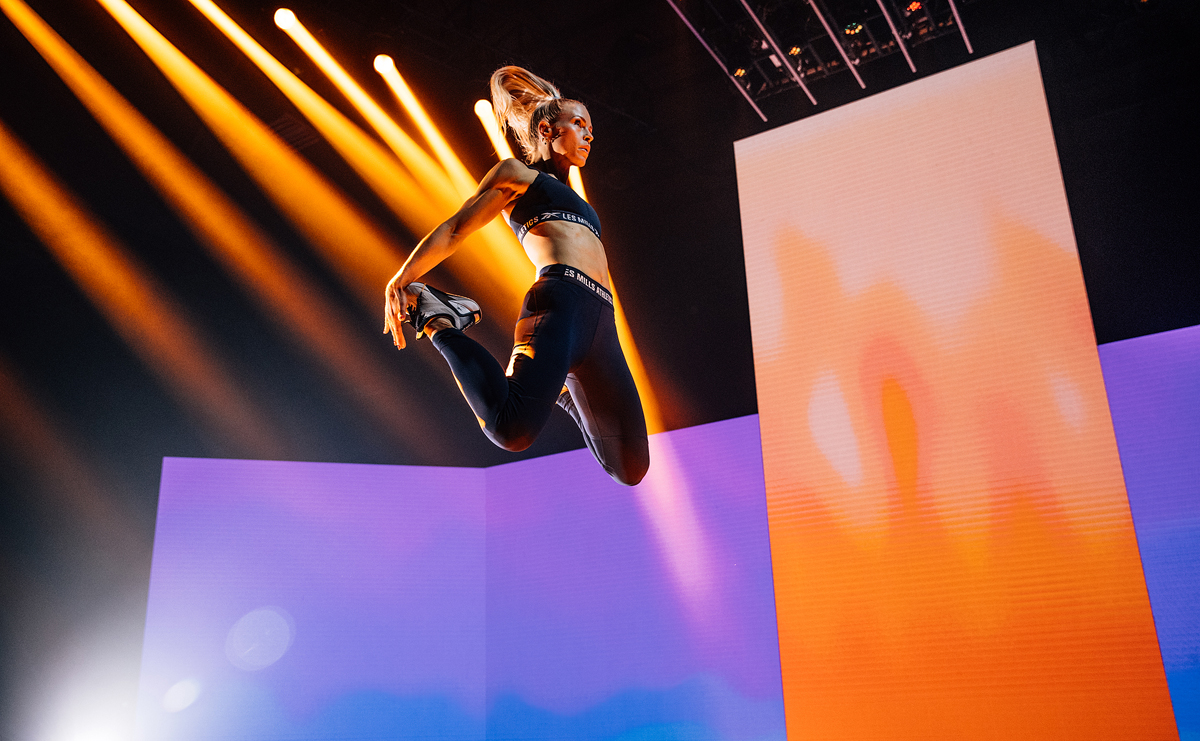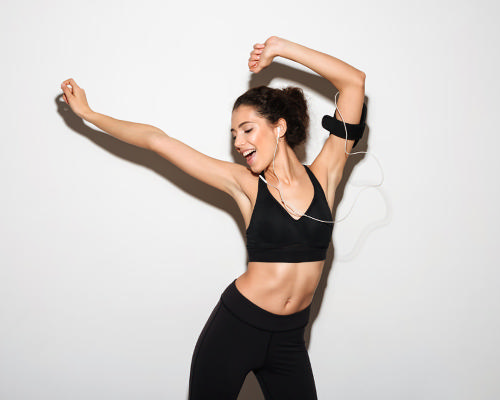Snackable workouts are named in HCM’s Fitness Foresight report as one of the top 20 trends for 2021, while research into the exercise habits of almost 20,000 Americans in the 50 largest US cities, via the Mindbody Wellness Index, also reflects the popularity of short workouts that can be squeezed into little pockets of time between Zoom meetings and homeschooling.
One of the by-products of the pandemic so far has been blurred work:life boundaries. As offices and schools shut their doors and everything was brought into the home, many people lost their daily routine and their usual windows for a workout. And when gyms reopened, workout slots were typically time limited to allow for additional cleaning time.
So will short workouts be an enduring trend? Do consumers just want online workouts to be bite-sized, or are they looking for group exercise classes in-club to be shorter too? We ask our panel of operators and suppliers what they’ve noticed and how they’re responding.

































































